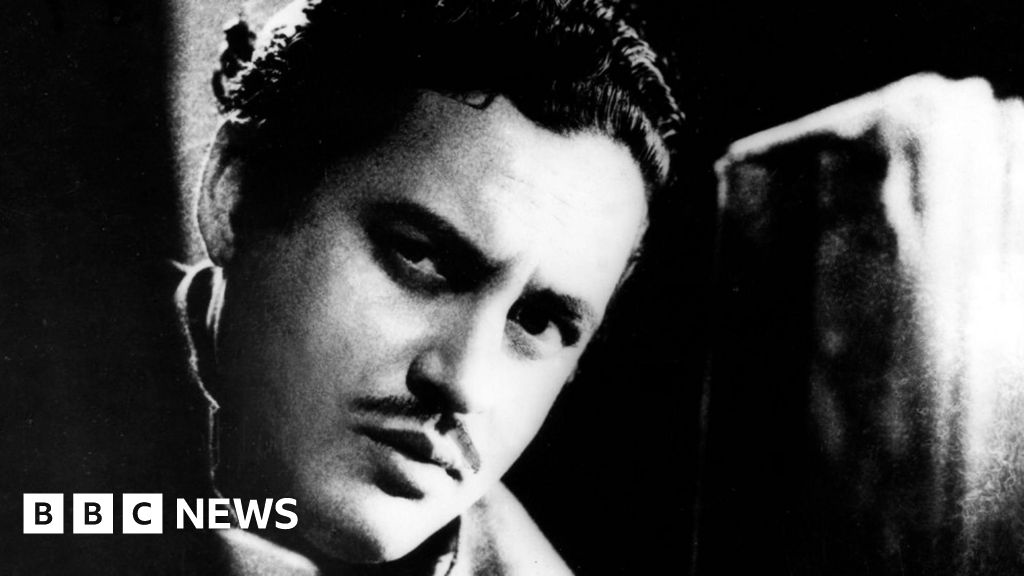More than 200 people gathered on Saturday to bid farewell to sculptor Günther Uecker, one of the most important German post-war artists.
Born in 1930 in northern Germany, Uecker rose to international fame by incorporating nails into art. His signature nail reliefs, arranged into tactile, sculptural paintings, are displayed in museums and political institutions worldwide.
He died on June 10 at the age of 95.
A funeral service held in Schwerin paid tribute to his close ties to the north-eastern state of Mecklenburg-Vorpommern, where he was born.
After beginning his studies in the former East Germany, Uecker moved to the western city of Düsseldorf in 1955 to continue his art studies uninfluenced by political dogma and inspired by new developments in abstract art.
He later became a pioneer of the ZERO avant-garde movement that aimed to create a new beginning in art by exploring light, space, and movement, often using unconventional materials and techniques.
Uecker travelled globally with a humanitarian peace message, exhibiting in many countries, including dictatorships.
He created ash paintings after the Chernobyl nuclear disaster, advocated for the indigenous Navajo people, and displayed human rights messages in Beijing.
He staged “happenings” such as kissing painter Gerhard Richter at an event in the Kunsthalle Baden-Baden in 1968. And Uecker rode a camel through the corridors of Kunstakademie Düsseldorf, where he was teaching, in 1978.
After the fall of the Berlin Wall, Uecker returned regularly to Mecklenburg to work and designed four large stained-glass windows in shades of blue for Schwerin Cathedral.
Cathedral preacher Volker Mischok holds the funeral service for the late artist Guenther Uecker in Schwerin Cathedral. Born on March 13, 1930 in Wendorf and raised on the Wustrow peninsula in Mecklenburg, Guenther Uecker had lived and worked in Duesseldorf since the mid-1950s. Markus Scholz/dpa
Source link














